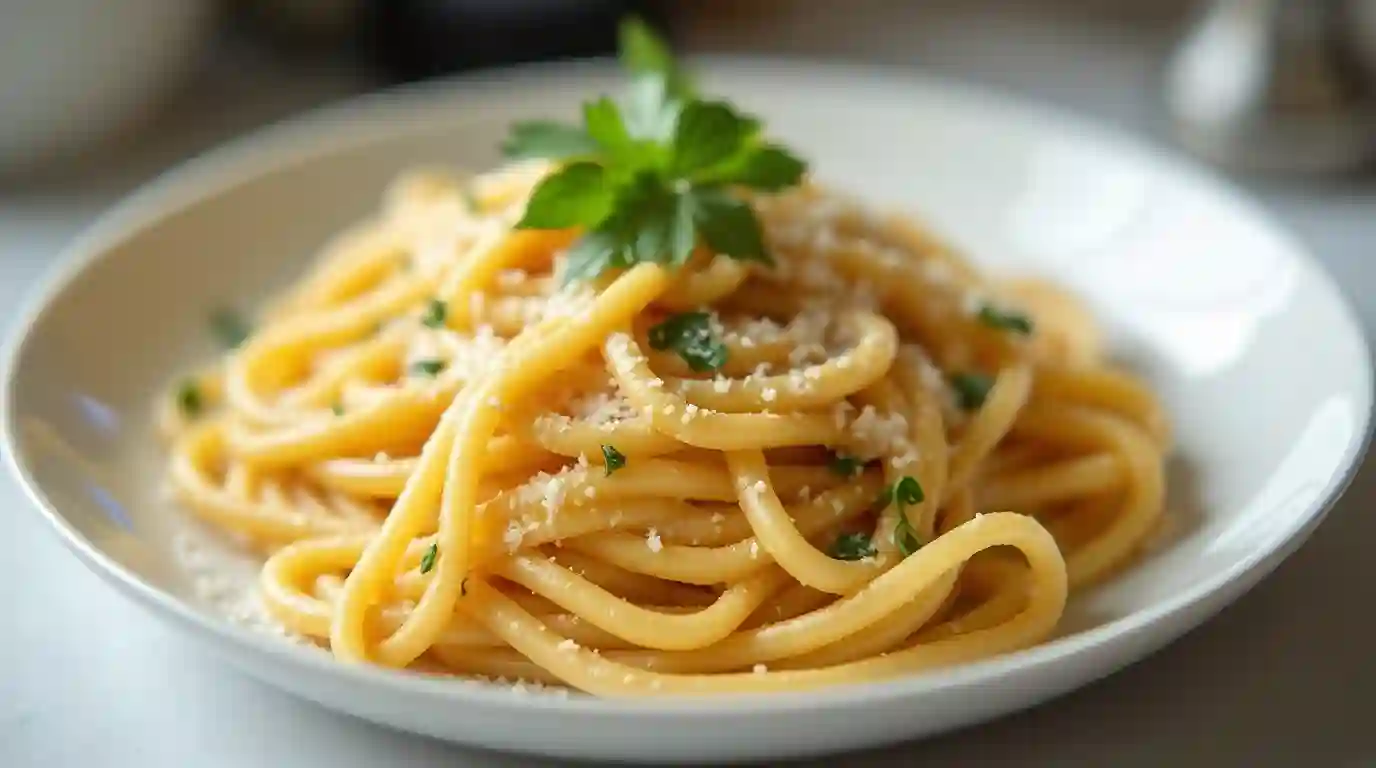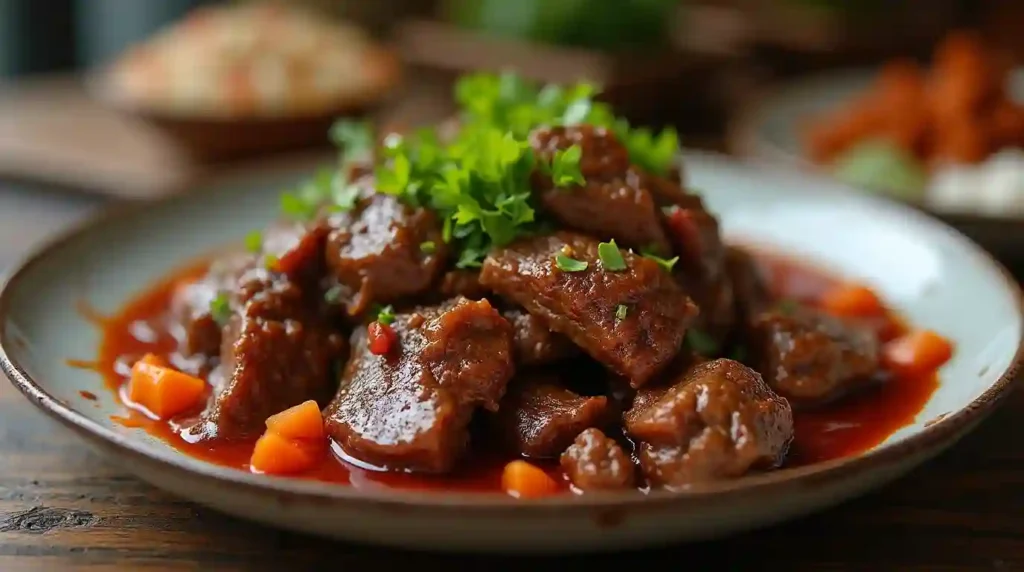Pasta Carbonara is a beloved dish that captures the heart of Italian cooking with its simplicity and rich flavors. In this comprehensive guide, we’ll explore everything there is to know about this classic recipe—from its fascinating history and key ingredients to common mistakes and tips for getting it just right. We’ll even tackle some frequently asked questions to help you master Italian carbonara like a pro. So, roll up your sleeves, and let’s dive into the delicious world of classic carbonara!
The History of Pasta Carbonara
The Origins of Pasta Carbonara
Ah, the origins of Pasta Carbonara! It’s a topic as flavorful as the dish itself. While the exact beginnings are shrouded in mystery, many believe it hails from the region of Lazio, particularly Rome. Some say it was a meal enjoyed by Italian charcoal workers—hence, “carbonara,” derived from the Italian word for coal. Others suggest it emerged during World War II when American soldiers introduced ingredients like bacon and eggs to Italian cooking. Regardless of its origins, Italian carbonara has transformed into a global favorite, showcasing the beauty of Italian culinary traditions.
Cultural Significance in Italian Cuisine
Pasta Carbonara is more than just a meal; it’s a representation of Italian cooking philosophy—simplicity is key! This dish is often served in family gatherings, special occasions, and even at local trattorias. The combination of its mouthwatering flavors and easy preparation makes it a go-to recipe for many. It’s an experience of not just eating but sharing as well, illustrating the Italian belief that food is best enjoyed together, with laughter and love.
Stay tuned for the next part, where we’ll uncover what goes into a classic carbonara
What is Pasta Carbonara Made Of?
The Four Key Ingredients
Pasta Carbonara shines with its simplicity, featuring four essential ingredients: pasta, eggs, pecorino romano cheese, and guanciale. Spaghetti or rigatoni works well, while guanciale adds that rich, savory essence.
| Ingredient | Quantity |
|---|---|
| Pasta | 400g (14 oz) |
| Guanciale | 150g (5.3 oz) |
| Pecorino Romano | 100g (3.5 oz) |
| Eggs | 4 large eggs |
Variations Across Regions
Different regions may swap guanciale for pancetta or bacon, showcasing the versatility of Pasta Carbonara while keeping its classic charm.
How to Make Traditional Pasta Carbonara
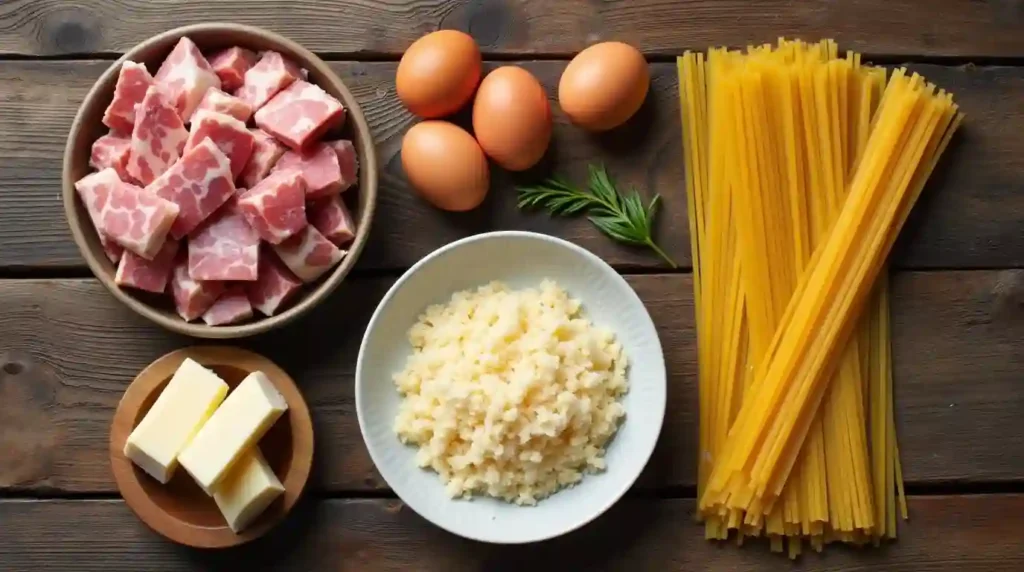
Step-by-Step Cooking Instructions
To make Pasta Carbonara, cook pasta in salted water until al dente. Meanwhile, crisp guanciale in a pan. Whisk eggs with grated pecorino romano. Once pasta is cooked, combine everything quickly, using pasta water for creaminess.
Techniques for the Perfect Carbonara
Toss regularly to avoid scrambling the eggs, ensuring that smooth, creamy sauce we love. Trust in the ingredients; traditional classic carbonara doesn’t require cream!
Common Mistakes to Avoid
Timing is Everything
When making Pasta Carbonara, timing is crucial. Many cooks accidentally scramble the eggs, which can ruin the creamy sauce. To avoid this, make sure to mix the hot pasta with the guanciale before adding the egg mixture.
Overcooking the Pasta Carbonara
Another common mistake is overcooking the pasta. Remember, you want it al dente. If the pasta is too soft, it won’t hold up well in the dish. Simply follow the package instructions, and use your judgment to achieve the perfect texture.
Tips for the Best Pasta Carbonara
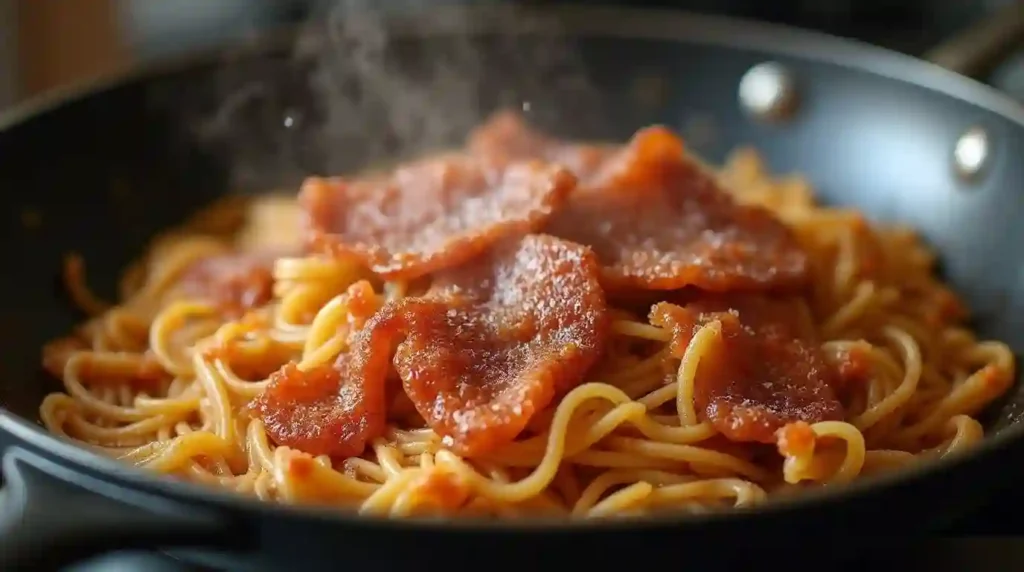
Quality Ingredients Matter
To make the best Pasta Carbonara, choose high-quality ingredients. Fresh eggs and authentic guanciale make a significant difference. Opting for quality cheese will elevate your dish, ensuring rich flavors.
For more delicious recipes, check out our recipe article for similar Italian favorites! Enjoy your cooking adventure!
Serving Suggestions
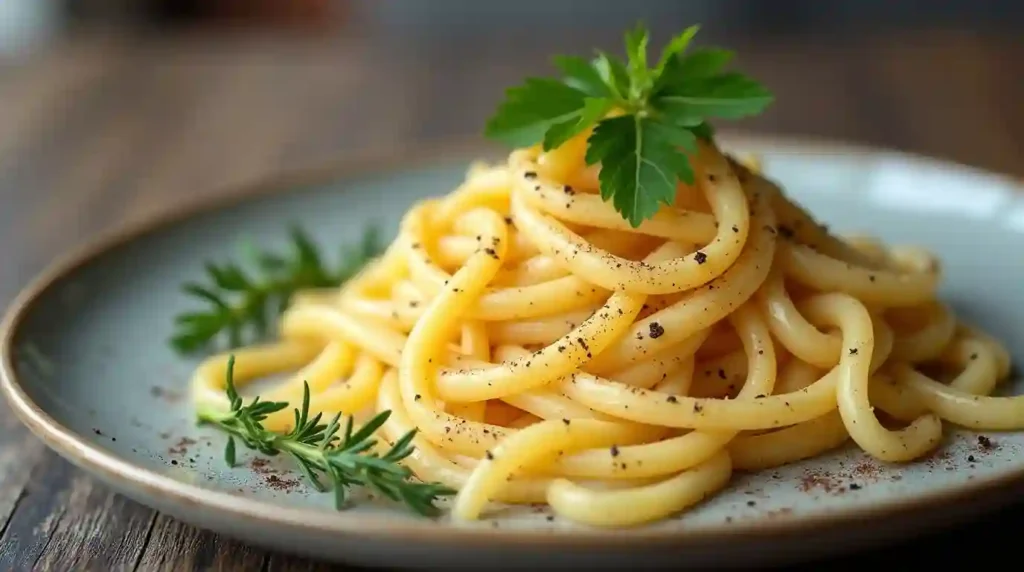
Perfect Pairings
When serving classic carbonara, consider pairing it with a crisp green salad for a refreshing contrast. A simple arugula salad with lemon vinaigrette works well, enhancing the dish’s rich flavors.
Wine Recommendations
For the best experience, pair your Italian carbonara with a chilled white wine. A light Pinot Grigio or a dry Italian Sauvignon Blanc complements the dish beautifully. These wines elevate the meal, making each bite more enjoyable.
For more great articles click on the images below :
Storing and Reheating Pasta Carbonara
Storage Tips
If you have leftovers, store yourclassic carbonara in an airtight container in the fridge. It’s best consumed within 2 days for optimal freshness.
Reheating Without Compromising Texture
When reheating, do so gently. Add a splash of pasta water to help revive the creamy sauce. Microwaving may work, but be careful as too much heat can dry it out. Enjoy your delicious meal again!
Variations on Pasta Carbonara
Creative Additions
While traditional classic carbonara is delightful, you can try fun variations! For instance, adding peas or mushrooms brings a new dimension to the dish. Moreover, if you want extra protein, consider including grilled chicken or shrimp.
Alternative Ingredients
Some people opt for pancetta instead of guanciale. While it’s not traditional, it works well and is often easier to find. Similarly, you can use whole wheat pasta for a healthier twist without sacrificing flavor.
Conclusion
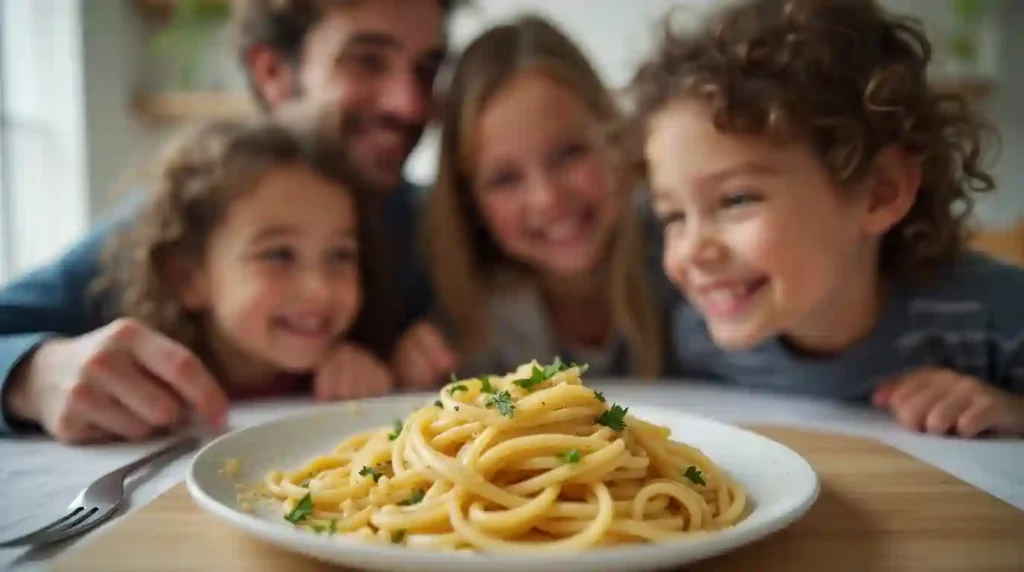
Enjoying Your Dish
In conclusion, Pasta Carbonara is a comforting classic that’s both easy and delicious. By following this guide, you can impress your family and friends with a homemade meal.
Final Thoughts
Remember, cooking is about enjoying the process. So, have fun experimenting with flavors and ingredients. Embrace this Italian favorite, and savor every bite!

